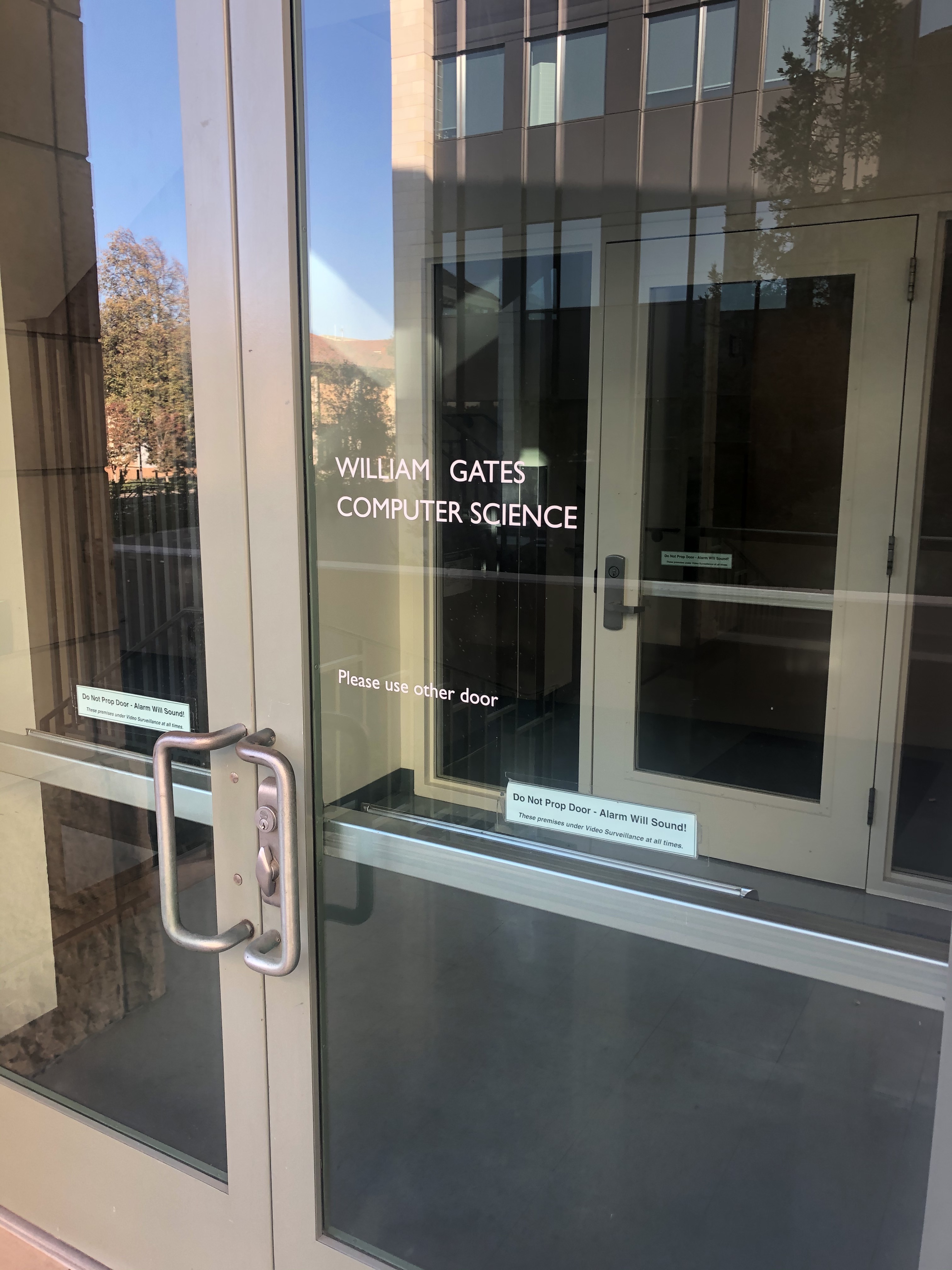This is the first article in a series The Daily is publishing about experiences of minority communities on campus.
As one of the most diverse institutions in the world, Stanford attracts students with different interests from various countries. Its location in the heart of Silicon Valley, in particular, provides students with a multitude of opportunities within the tech industry.
Despite computer science being the most popular major at Stanford (it even stood as the most popular major for female students in 2015), it remains a male-dominated field. Reports of sexism have plagued Silicon Valley’s tech industry, and women remain the minority in computer science at Stanford, with the number of male computer science enrollees more than doubling their female counterparts in the 2019-20 school year.
For Paulina Anzaldo ’21, however, this gender disparity within computer science is a way for women to prove themselves worthy.
“Being a woman in computer science is stereotyped as a setback, but for me, it is a motivation,” Anzaldo wrote in an email to The Daily. “Sometimes, it’s surprising how people’s expectations are so low, but that only makes me much more determined.”
Computer science major Clara MacAvoy ’22 reported incidents in which she said she fell under scrutiny due to the fact that she is a woman in the field.
“There are moments like a computer science lab meeting I was in where I was the only woman, and a man came in, introduced himself to every person, and then when he got to me, he just made eye contact and skipped me,” she said. “Those sorts of small things can stand out.”
Anzaldo, who is also a computer science major and a co-president of Stanford’s Women in Computer Science club, said that “mansplaining,” where a man explains a concept to a woman in a patronizing manner, is a very common phenomenon in her classes.
Kasey Luo ’21, the other co-president of Women in Computer Science, stated that she has experienced microaggressions in the past because of her gender.
“I remember one time I was messaging this person about a machine learning tool,” Luo said. “The immediate assumption was that I was a man, and the person was very surprised to find out that I was a woman.”
Although she said she has not experienced any extreme form of discrimination, Luo said some of her friends have told her they suspect they were not recommended for bonuses at the end of their internships because of their gender.
Despite this trend in the industry, MacAvoy and Luo agree that Stanford actively cultivates new initiatives and support programs for women in computer science.
“At Stanford, it isn’t as isolating as I am sure it is at other schools because there are still tons of women in computer science classes here,” MacAvoy said. “Also, Stanford really does try to make computer science more inclusive.”
“I definitely think that it’s really important to surround yourself with a community of like-minded individuals,” Luo added. “I feel like Stanford in itself is a bubble for women in computer science, because the major is better represented at our University.”
Luo also praised the resources available to women in computer science at Stanford. In fact, she said she feels a responsibility to reach out to women studying computer science at other campuses and provide them with opportunities.
Brahm Capoor ’19 M.S. ’20, the head teaching assistant (TA) for Stanford’s most popular computer science course, CS106A: Programming Methodology, wrote in a statement to The Daily that he feels it is crucial for computer science to have an adequate gender distribution.
“Such a nascent discipline benefits from as many perspectives as can make themselves heard,” he said. “To stifle any of those voices is to stifle progress and potentially further propagate such a divide.”
Capoor encouraged the growth of diversity in the field and added that there are many talented people of all genders in computer science, emphasizing the importance of recognizing their achievements.
Like Luo, Capoor agreed that there are many things about Stanford and computer science that are benefits to representation for women.
“Many of the most brilliant and inspiring faculty, TAs and section leaders that I’ve had the fortune of learning from and working with over the past few years have been women,” Capoor wrote. “For example, the head TAs for CS106B — Kate [Rydberg B.S. ’19] and Katherine [Erdman B.A. ’19 M.S. ’20] — have been women, and I think seeing female computer science students in such a position of prominence provides an invaluable role model to women new to the field.”
He said that perspective is shared by many of his friends and other students, adding, “If it doesn’t extend to those with less familiarity with the department, then we need a better job communicating it.”
“This is an incredibly exciting time to learn computer science, and it’s made all the more exciting when as many voices as possible can have a conversation about it,” Capoor said. “As a community, I think we should keep this in mind and always lend an ear to those who want to come to the table.”
Contact Camryn Pak cpak23 ‘at’ stanford.edu.
